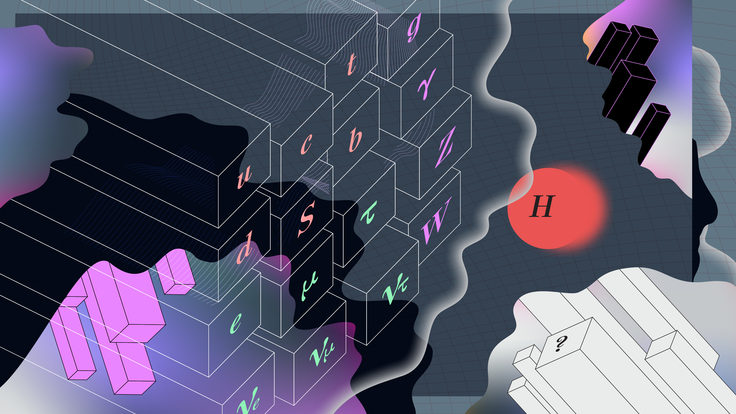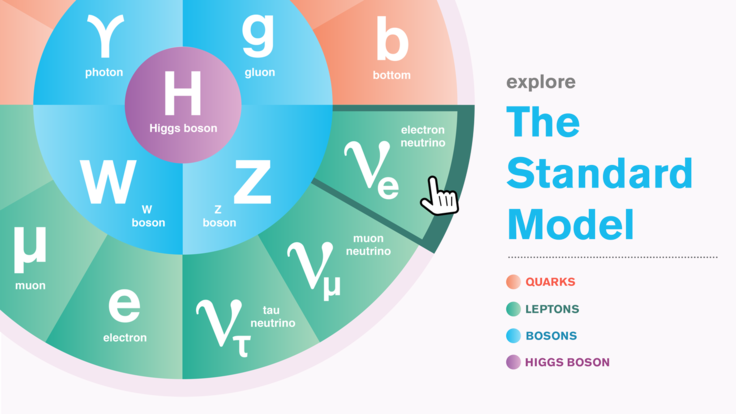Ancient winds blow anew at IceCube
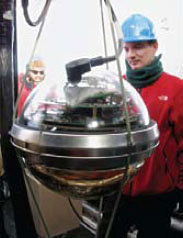 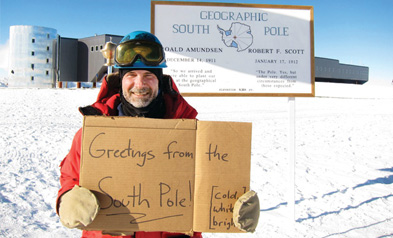 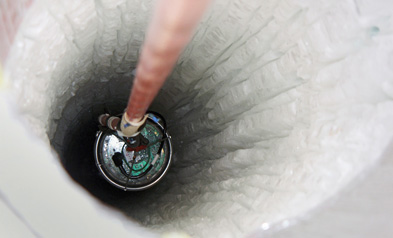 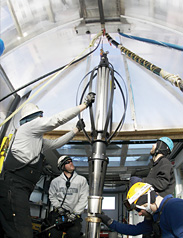 |
| Photos: Delia Tosi and Jim Haugen |
Scientists studying global warming hope to use dust buried in Antarctic ice formations to determine how fast the winds blew as many as 90,000 years ago.
The resulting paleowind record will be the most comprehensive one to date, says physicist Ryan Bay of the University of California, Berkeley, who heads the study. Scientists hope the data will help them understand how wind affects the distribution of ice in glaciers, ocean circulation, and the ocean's absorption of carbon dioxide.
The study piggybacks on research at the IceCube Neutrino Observatory, where scientists have drilled 79 holes two kilometers deep into the ice. They're lowering strings of detectors into those holes to look for signs of neutrinos interacting with the ice. Bay and his team lowered a laser probe into six of those holes to measure trapped dust and bubbles that can interfere with the neutrino measurements.
Bay knew from earlier experiments that he could use this same data to measure sastrugi, rippling ice formations up to a meter high that trap dust in distinctive patterns. Because they get taller as the wind blows harder, they're a good gauge of wind speed at the time they formed. Ancient sastrugi are normally hard to study because they're buried deep under new layers of ice. The depth and regular spacing of the IceCube holes allowed Bay to sample a much larger volume of ice in much less time than conventional ice coring would allow.
"We have a different perspective that no one has ever had before, which allows us to see the big picture rather well," Bay says. Results are preliminary, but so far he's finding that in periods of increasing carbon dioxide, winds were calmer at the South Pole.
Bay says scientists base most of their current understanding of past wind speed on inference. The new study will give them concrete data to plug into climate models.
Chris Knight
Click here to download the pdf version of this article.




